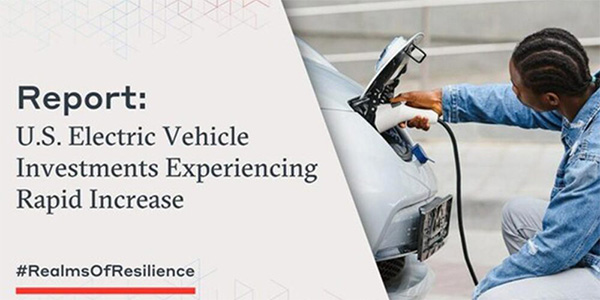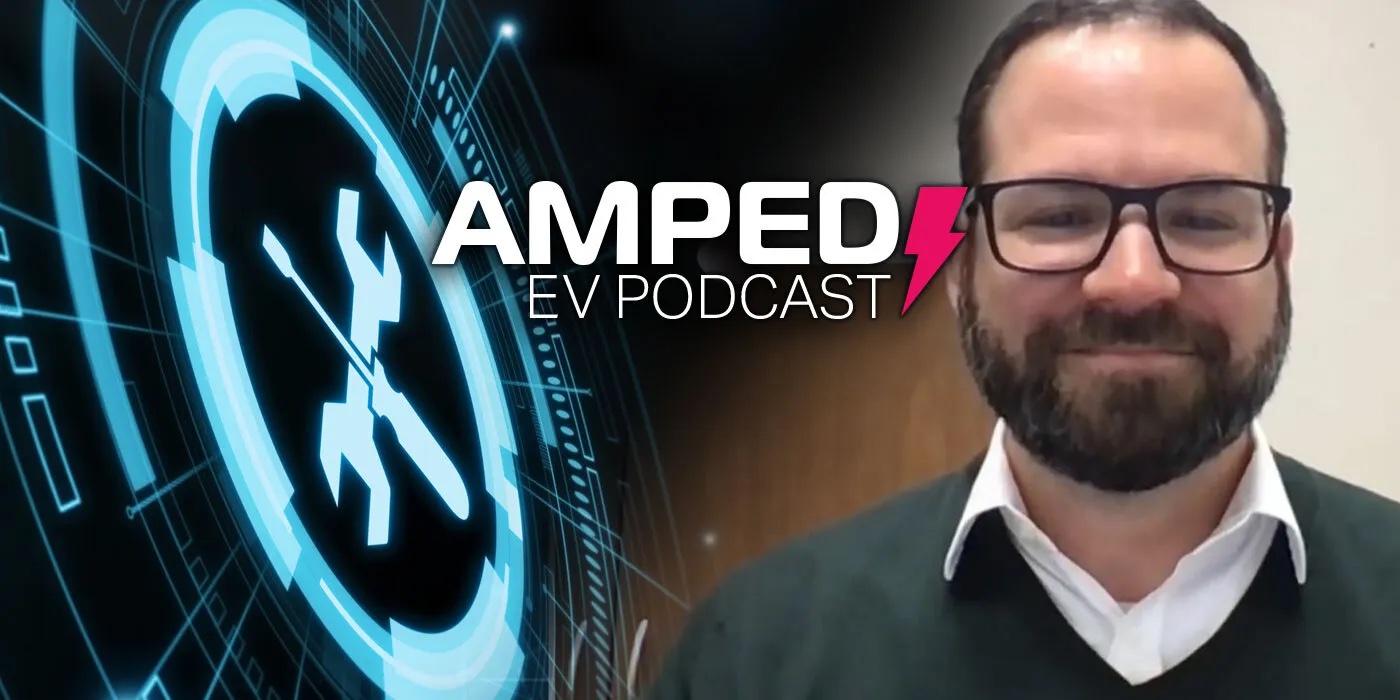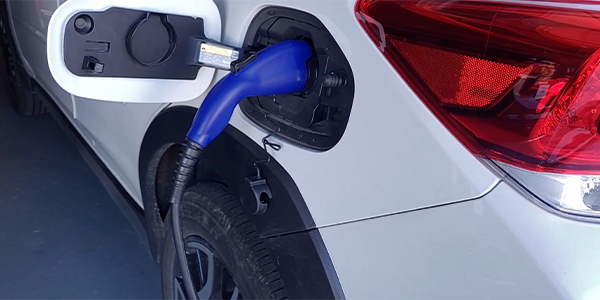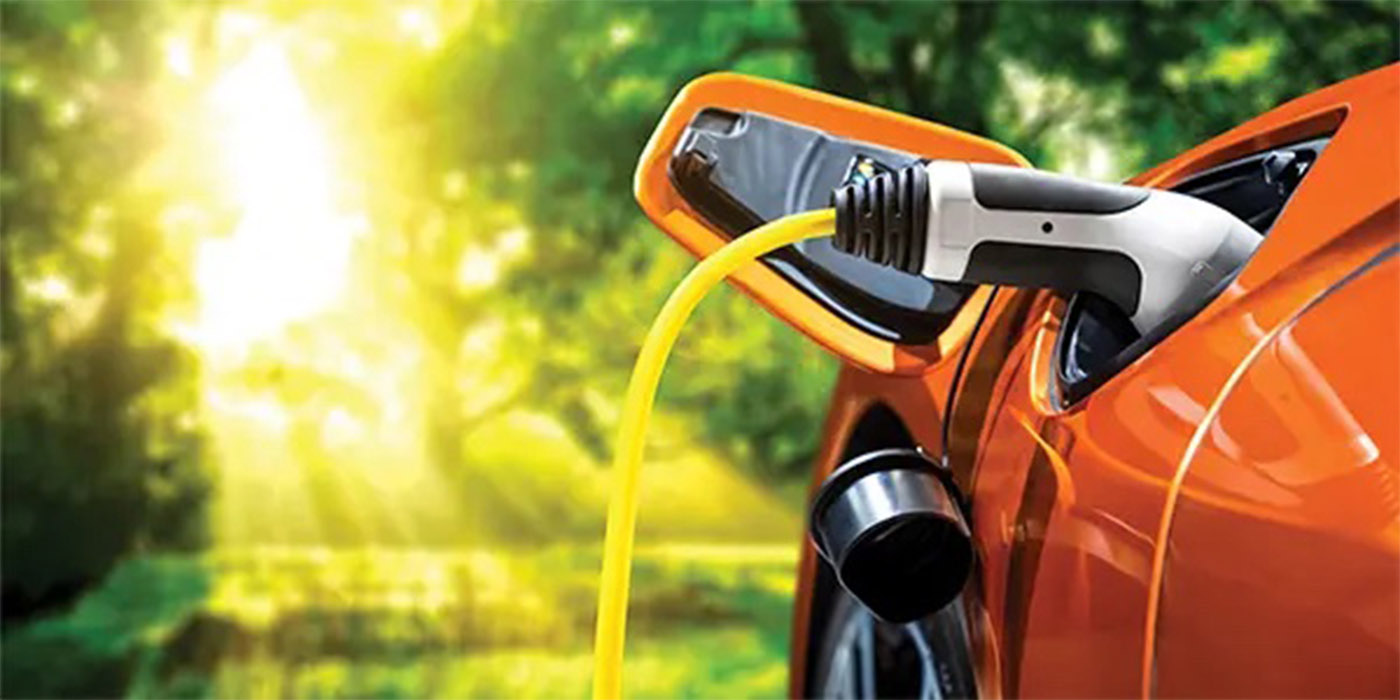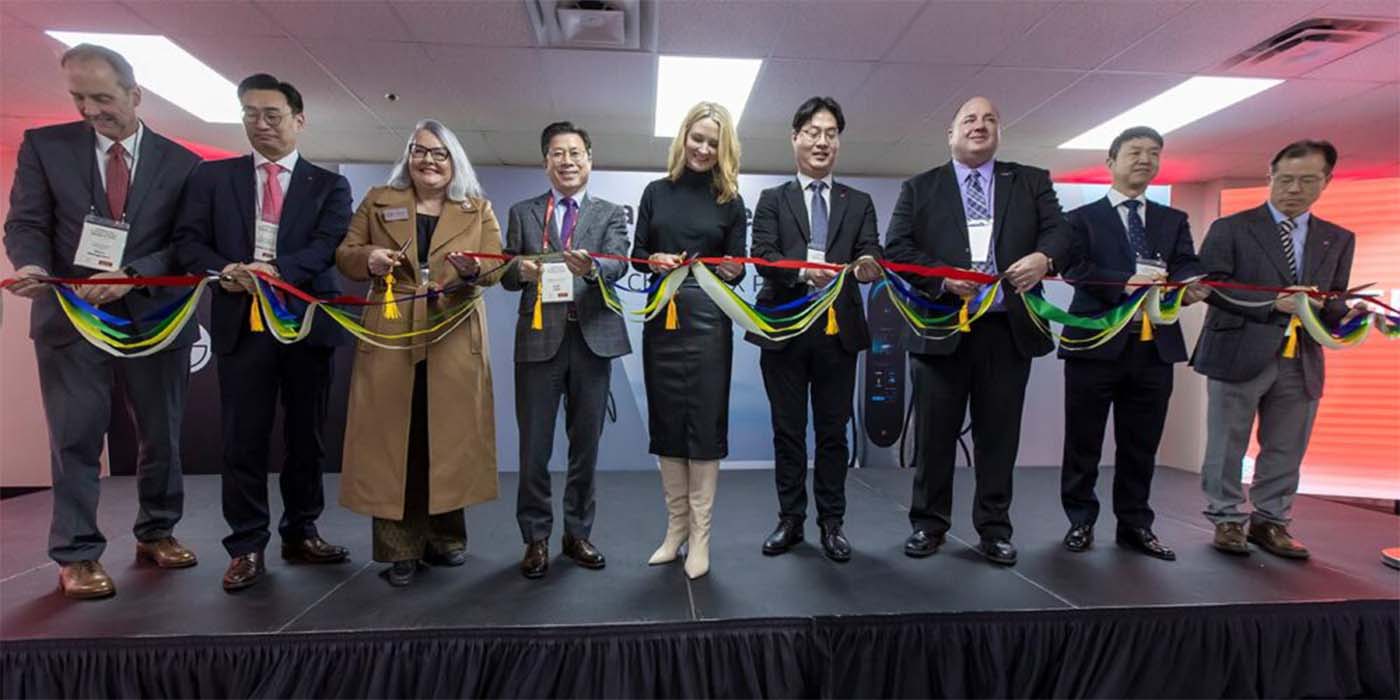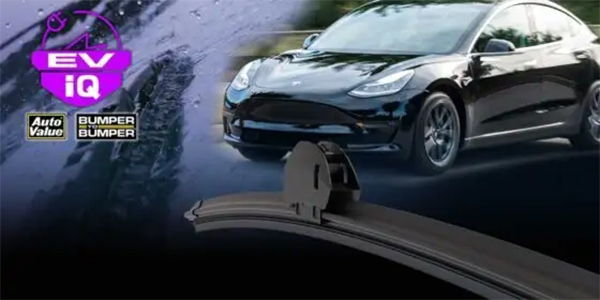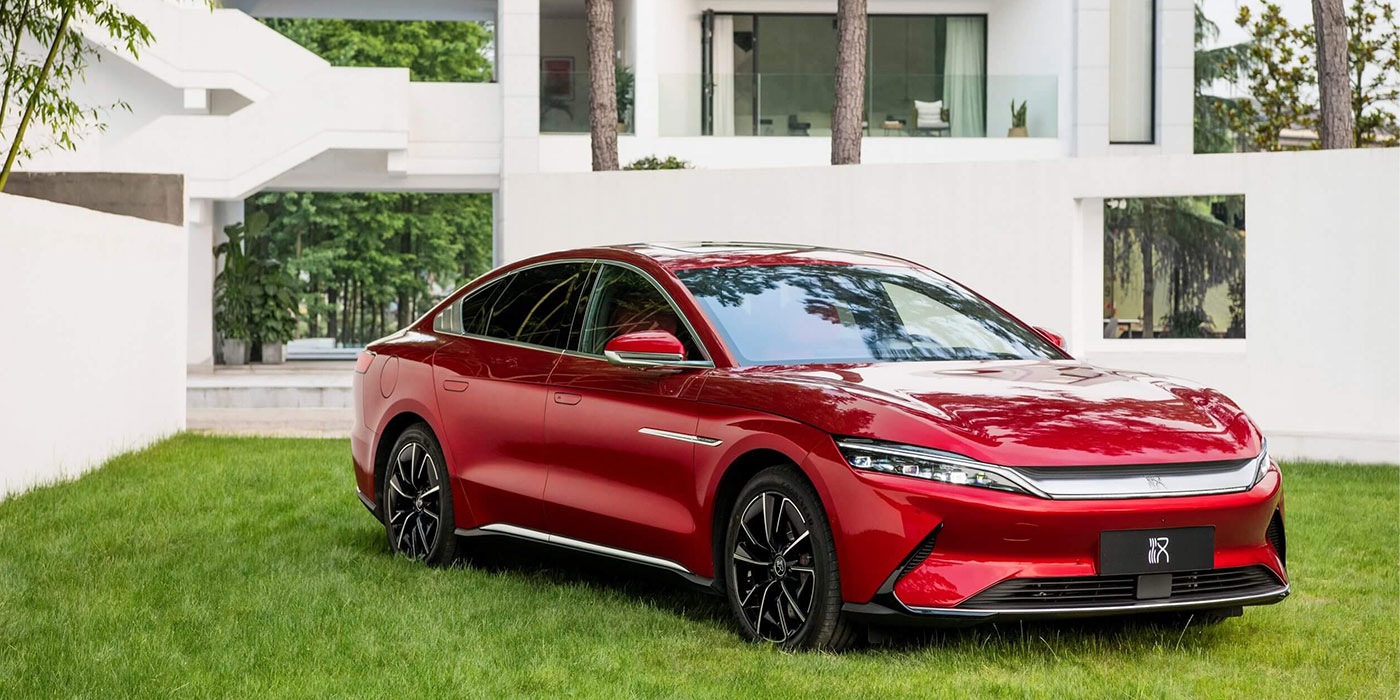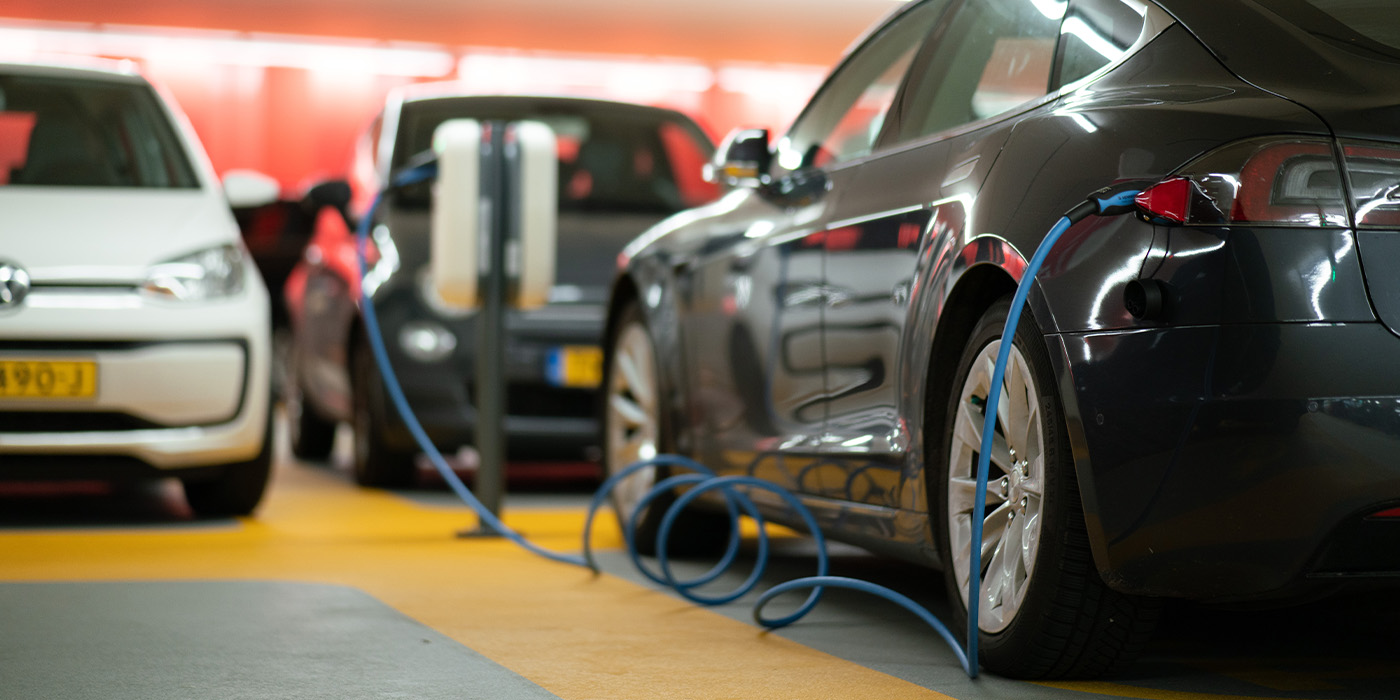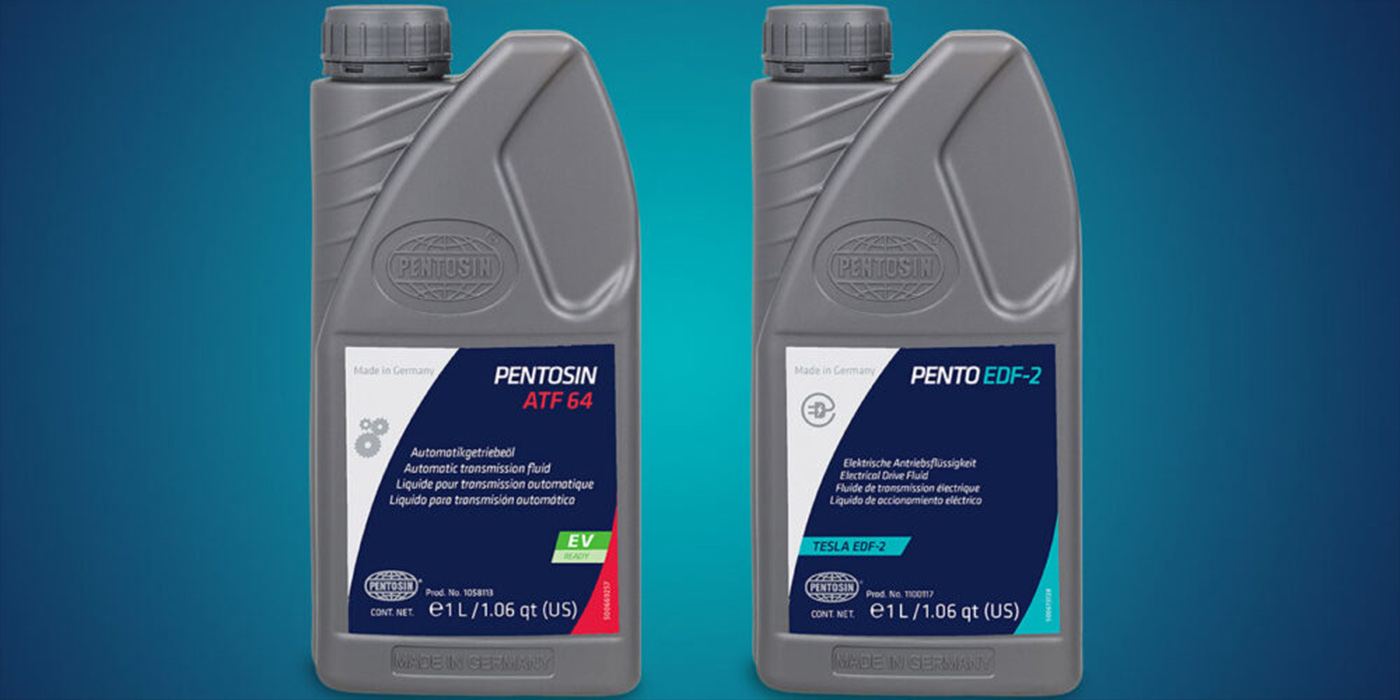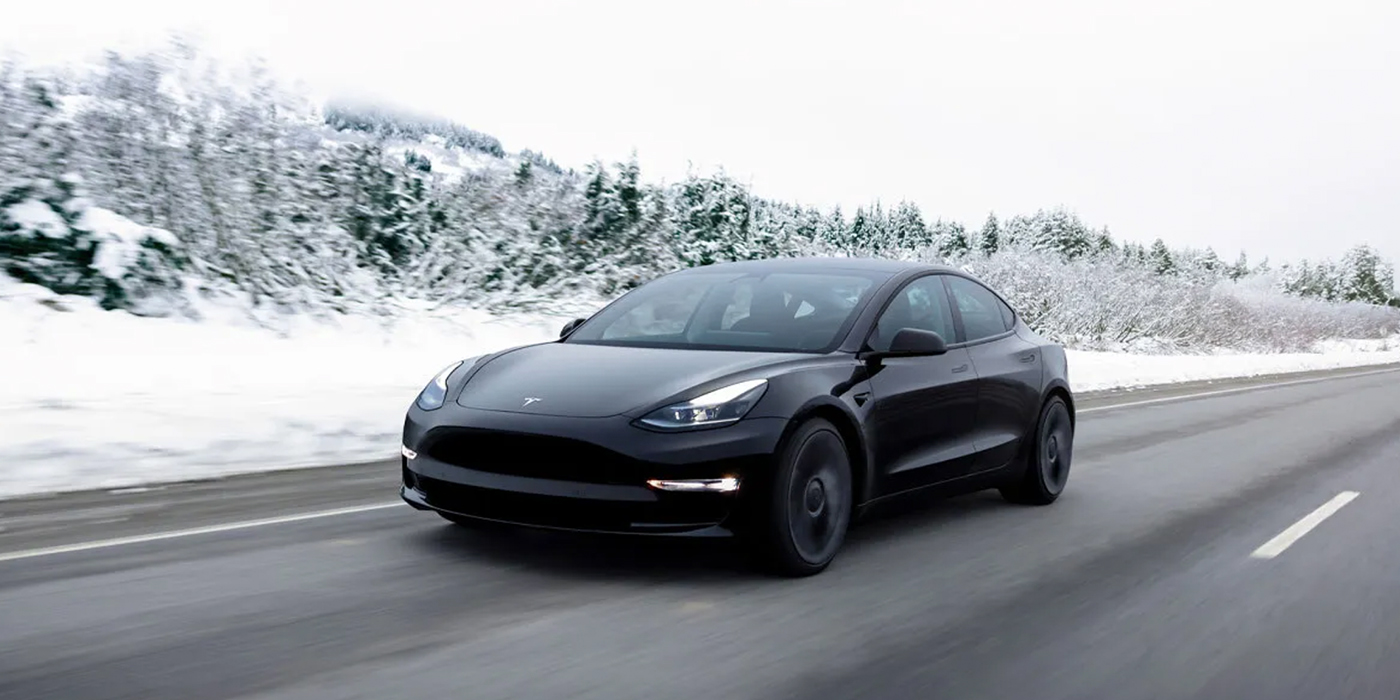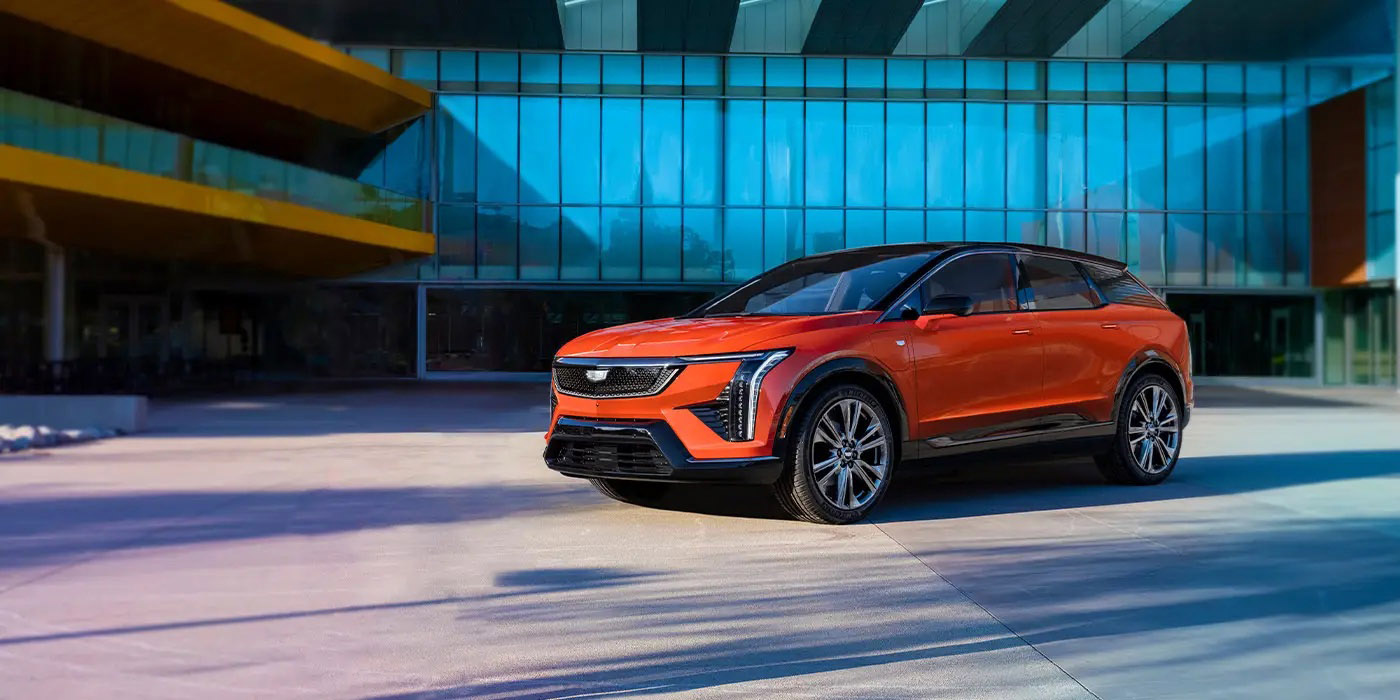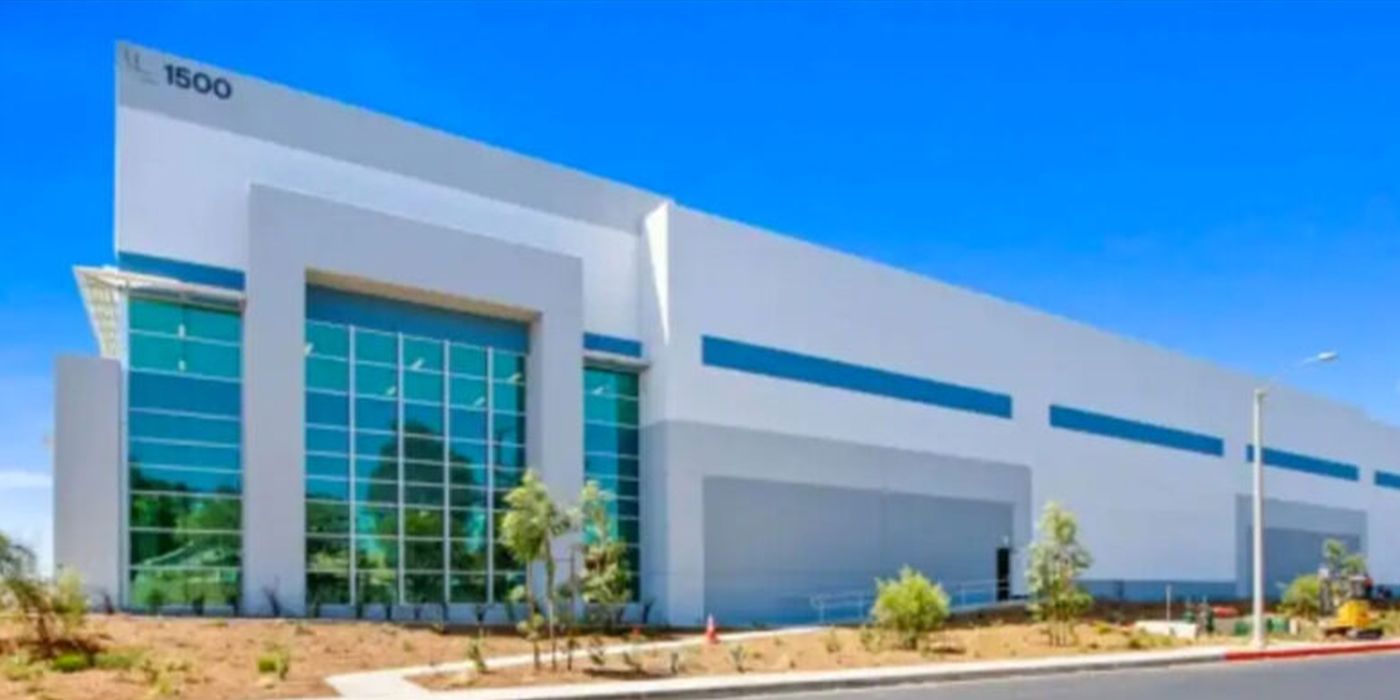Electric vehicle (EV) and battery manufacturing grew by a reported $92.3 billion over the past 12 months, according to a new report released by the Environmental Defense Fund and WSP, an engineering, environment and professional services consultancy.
The report highlights that, since the passage of the Inflation Reduction Act on Aug. 16, 2022, investment has sharply increased for manufacturing EVs, EV batteries and components, and battery recycling infrastructure.
“The Inflation Reduction Act includes extensive EV infrastructure funding investments,” said Dana Lowell, national zero emissions technical advisor at WSP. “Alongside the Bipartisan Infrastructure Law, these strategic investments in the EV ecosphere and manufacturing have set the stage for creation of economic zones and micro hubs that equate to job creation, commerce development, and key technology and manufacturing advancements. The Federal investments and incentives are benefiting the communities where new investments are being made and are helping shape our future economy.”
“U.S. investments, jobs, and production capacity will likely continue to grow in response to strong federal investments and incentives,” according to the report summary:
- Over the past eight years, manufacturers have announced more than $165 billion in investments in EV and EV battery manufacturing facilities, with 56 percent of that amount reported during the past 12 months.
- Manufacturers have announced more than 179,000 new direct U.S. EV-related jobs between 2015-2023, almost half of which were announced in the last year.
- Anticipated investments are expected to create more than 800,000 additional jobs.
Additional highlights showed rapid growth in nationwide production capacity since March: - By 2026, U.S. EV manufacturing facilities will be able to make about 4.7 million passenger vehicles annually, representing 36 percent of all new vehicles sold last year.
- By 2027, U.S. facilities will produce enough batteries to supply 12.2 million new passenger vehicles each year, which represents 95 percent of new vehicles sold last year.

